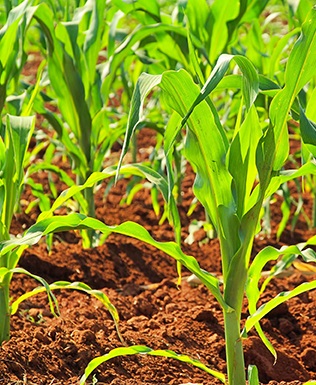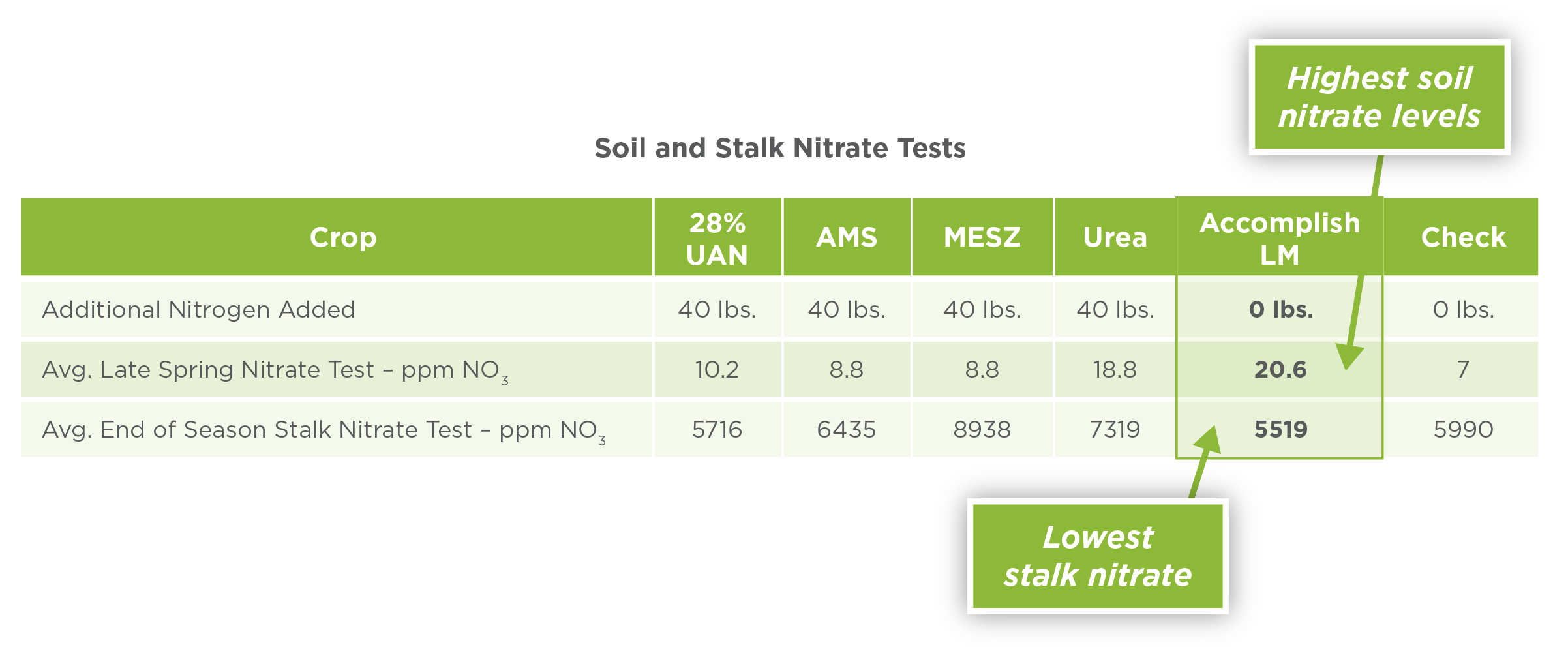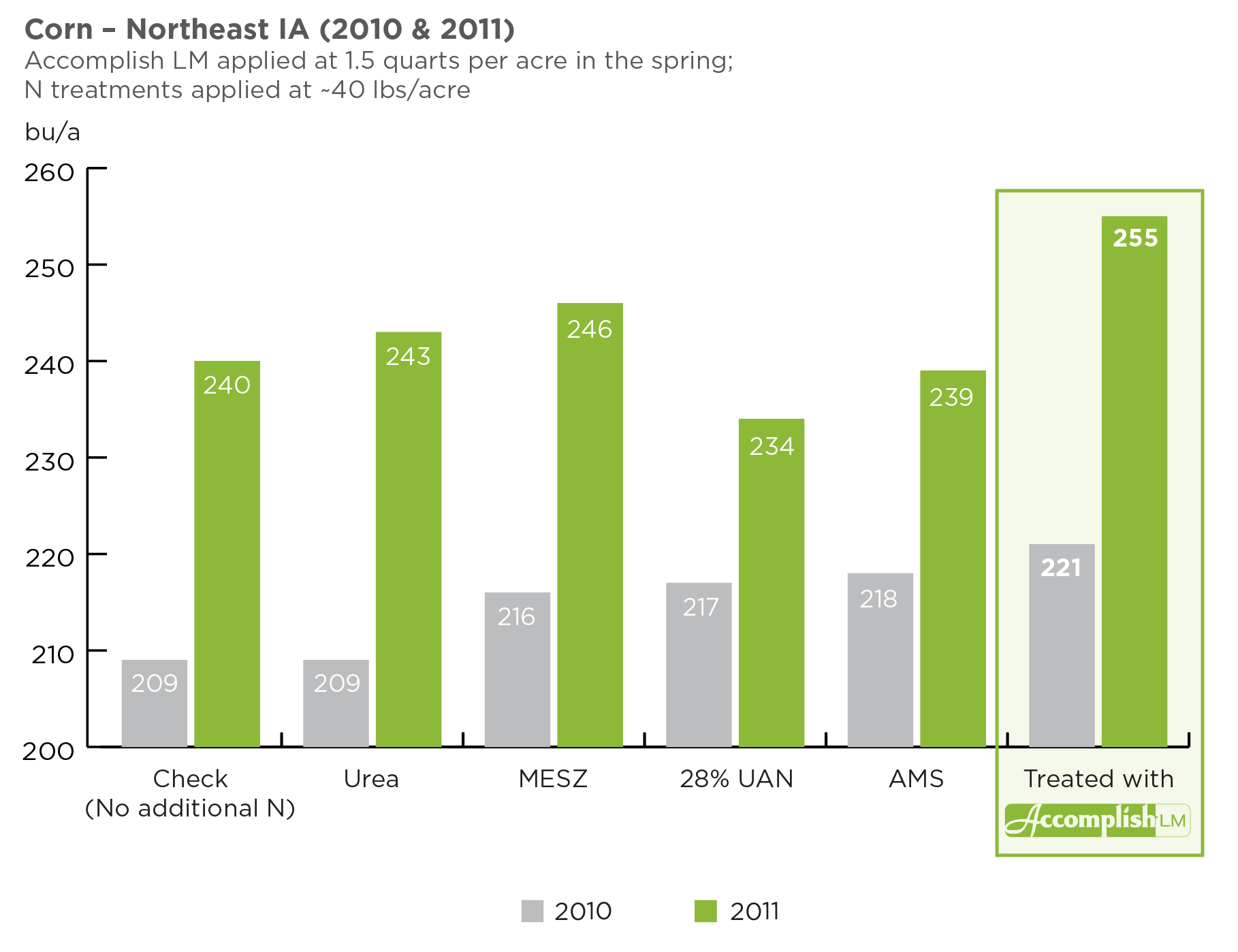By David G. Beaudreau, Vice President of Environmental Policy, DC Legislative and Regulatory Services
Last week, I attended the First World Congress on the Use of Biostimulants in Agriculture. Over 700 people from more than 30 countries were also in attendance, all of whom seem to have a strong interest in and energy for this emerging field. Being an attendee offered a preview into what will likely be an expanding market and larger long-term issue in the agriculture industry.
Presentations focused on the scientific, technical, and legislative issues related to the application of biostimulants in crop production. Presenters ranged from representatives of biostimulant companies to academics who have done studies on numerous materials they consider to be biostimulants, including amino acids, humic acids, microbial inoculants, plant-derived extracts, and seaweed extracts, among others.
I was particularly interested to hear from the European regulatory officials who, along with the European Biostimulants Industry Consortium, have made fairly significant progress in their efforts to define "biostimulant" in Europe. This is a model that I hope is replicated in the US. It is clear that there is an intense focus within Europe to define what biostimulants are at the governmental level, as well as for industry to provide additional research funds to continue to demonstrate the benefits of biostimulants in agriculture. Bringing this message back to the US should help those in the emerging biostimulant industry gain further attention and recognition of the benefits our products bring to U.S. agriculture.
In my keynote, “The Legislative and Regulatory Approach to Biostimulants in the USA,” I discussed The Biostimulant Coalition, which was formed in 2011 to address the regulatory and legislative issues involving biological or naturally-derived additives and/or similar products for crop production. Agricen is one of the founding members of this effort.
We are actively working with state and federal regulators to coalesce around a definition of “biostimulant” in the US. Such a definition might include any material that, when applied to a plant, seed, soil, or growing media in conjunction with established fertilization plans, enhances the plant's nutrient use efficiency, or provides other direct or indirect benefits to plant development or stress response.
Our US regulators, which include the Association of American Plant Food Control Officials (AAPFCO), the EPA, and the USDA, are interested in learning more about this category and, we hope, in addressing the patchwork regulatory structure that currently exists. The Biostimulant Coalition will continue to work with them to establish a category that accommodates this technology.
The interest in this topic and the well-attended biostimulants conference are both indicators to me that a similar conference would be well received here by US regulators, researchers, and growers.









 In continuous no-till corn, crop residues with a high carbon-to-nitrogen (C:N) ratio (about 60:1) can build up. When this happens, the soil microorganisms responsible for decomposing crop residue compete with the plant for nitrogen. A C:N ratio of 30:1 or lower is required for the soil microorganisms to effectively decompose crop residues without immobilizing the soil nitrogen needed by the growing plants.
In continuous no-till corn, crop residues with a high carbon-to-nitrogen (C:N) ratio (about 60:1) can build up. When this happens, the soil microorganisms responsible for decomposing crop residue compete with the plant for nitrogen. A C:N ratio of 30:1 or lower is required for the soil microorganisms to effectively decompose crop residues without immobilizing the soil nitrogen needed by the growing plants.



